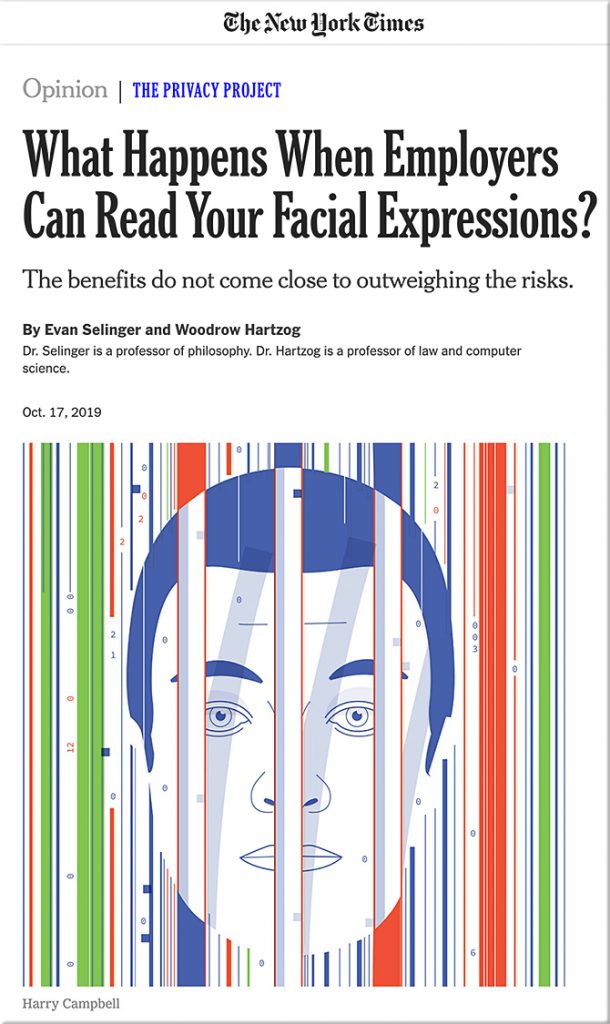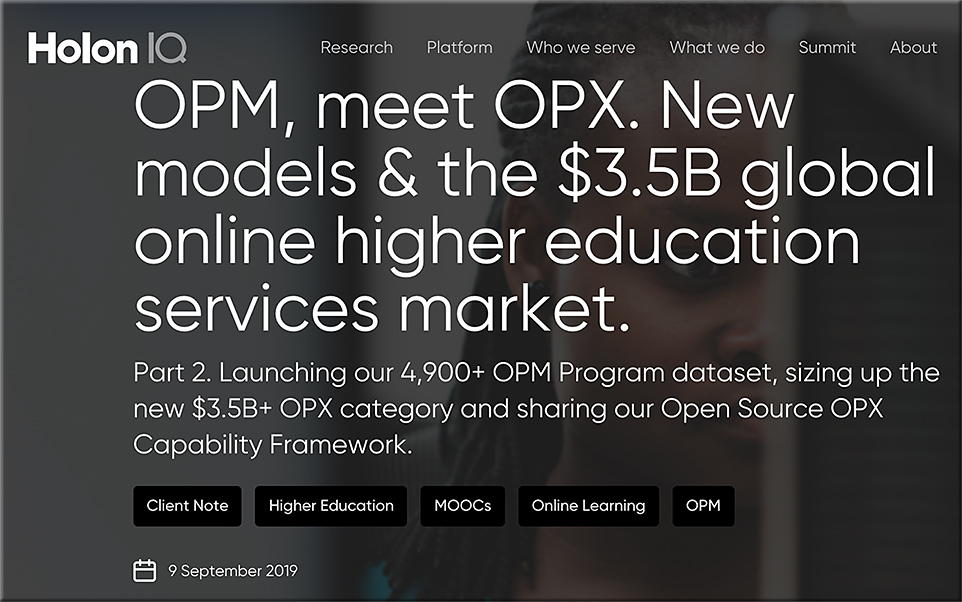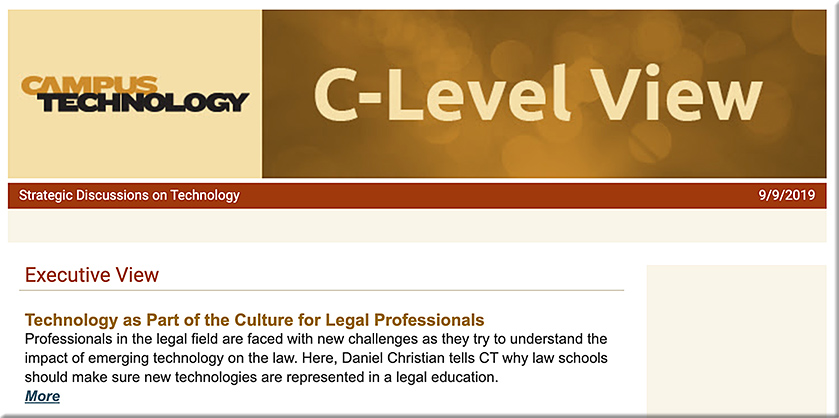Are smart cities the pathway to blockchain and cryptocurrency adoption? — from forbes.com by Chrissa McFarlane
Excerpts:
At the recent Blockchain LIVE 2019 hosted annually in London, I had the pleasure of giving a talk on Next Generation Infrastructure: Building a Future for Smart Cities. What exactly is a “smart city?” The term refers to an overall blueprint for city designs of the future. Already half the world’s population lives in a city, which is expected to grow to sixty-five percent in the next five years. Tackling that growth takes more than just simple urban planning. The goal of smart cities is to incorporate technology as an infrastructure to alleviate many of these complexities. Green energy, forms of transportation, water and pollution management, universal identification (ID), wireless Internet systems, and promotion of local commerce are examples of current of smart city initiatives.
What’s most important to a smart city, however, is integration. None of the services mentioned above exist in a vacuum; they need to be put into a single system. Blockchain provides the technology to unite them into a single system that can track all aspects combined.
From DSC:
There are many examples of the efforts/goals of creating smart cities (throughout the globe) in the above article. Also see the article below.
DC: Some solid points to consider.
“As cities around the world become increasingly ‘smart’, I argue that – amid the optimised encounters and experiences – there also need to be slow moments, when people can mindfully engage with and enjoy the city.” https://t.co/NhzWIKgFOU
— Daniel Christian (@dchristian5) October 24, 2019

















